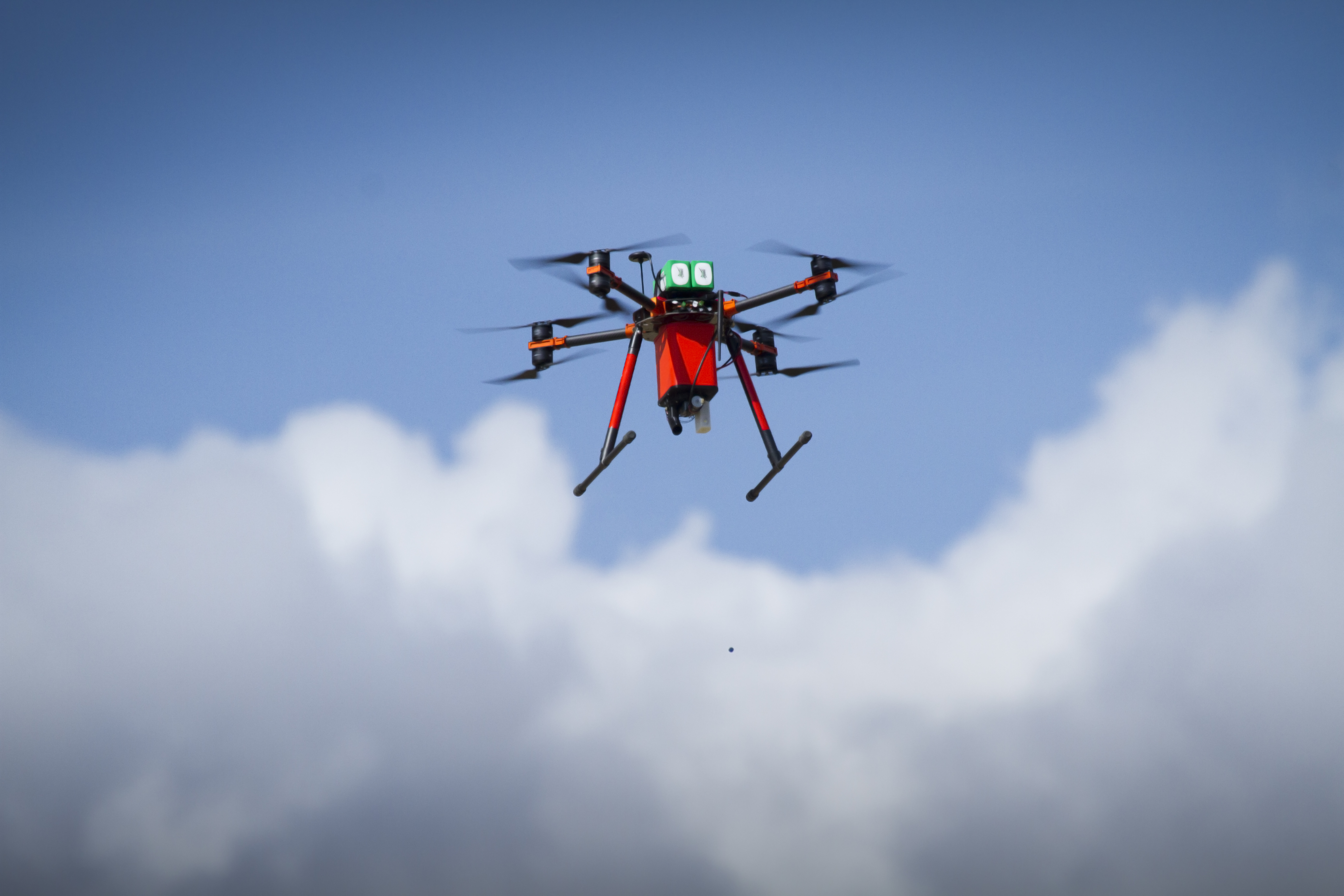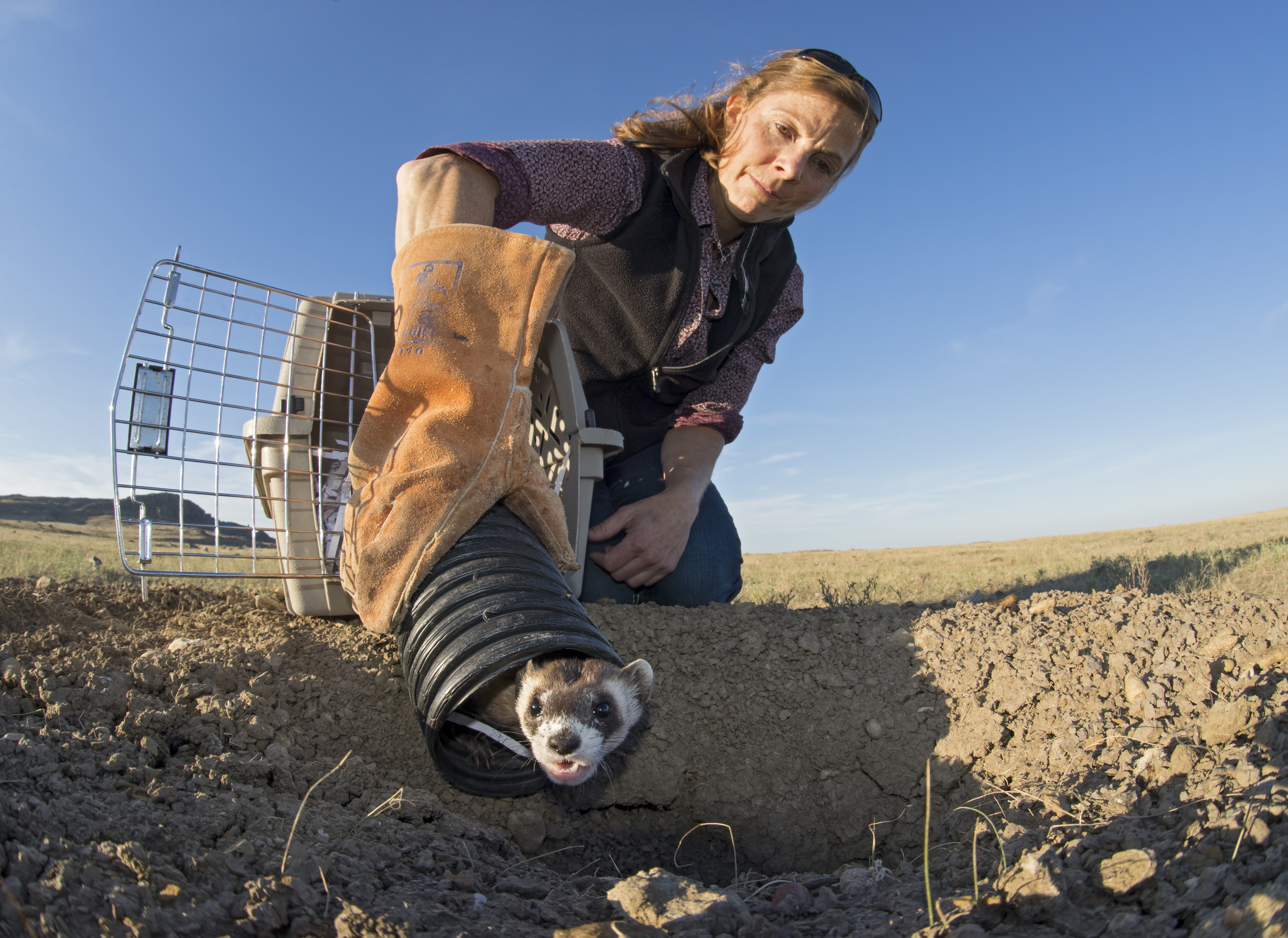
To call the black-footed ferret an elusive creature would be an understatement. Around
90 percent of the animal’s life is spent underground, hunting prairie dogs and haunting their prey’s tunnels. This is North America’s only native ferret, one of the rarest animals on the continent, and it’s endangered.
Fortunately, since its re-discovery in 1981, new technology and innovative conservation strategies have brought this species back from the edge of extinction.
One initiative in particular, spearheaded by the U.S. Fish and Wildlife Service (USFWS) and several other organizations, might offer hope for the black-footed ferrets’ survival. It involves baiting prairie dogs with drone- and ATV-delivered, vaccine-laced peanut butter balls.
As crazy as that may sound, the science behind this idea is solid, and the field tests have been promising so far.
Black-footed ferrets rely almost exclusively on prairie dogs for food. A single ferret might eat as many as 100 of them in a year, but both-black footed ferrets and prairie dogs are extremely susceptible to sylvatic plague. When ferrets eat plague-infected prairie dogs, they too get the disease — and a single plague-infected ferret can put an entire population at risk.
So the USFWS started formulating a strategy: If they could vaccinate the prairie dogs for plague, they could vaccinate the ferrets by proxy; simultaneously increasing the amount of food available for them, while dampening the plague’s impact on their populations. But how could they possibly go about vaccinating tens of thousands of tunnel-dwelling rodents?
With peanut butter balls, drones and ATVs, of course.

“In the laboratory they tried a few different things: sweet potatoes, peanut butter, I think they even tried blueberries,” says Randy Matchett, of USFWS. “[The ferrets] didn’t like that at all, I guess.”
Matchett describes the three experimental delivery methods they developed: the first dispenses the oral vaccines in peanut butter balls one at a time via drone, another does the same thing with an ATV, and a third dispenses three vaccines at once from an ATV.
“We can effectively treat [large areas] with one pass,” Matchett says, “Which is a great increase in efficiency.”
That newfound efficiency might enable them to save the black-footed ferret.
The initiative still needs further field testing. But, according to Matchett, the results thus far are encouraging. “We’re still very much on the front end of developing this technology,” he says. “We have made some progress and we’re hoping to make more… It’s showing promise.”















